-
Executive Summary
-
Scope of the Report
-
Market Definition
-
Scope of the Study
-
Research Objectives
-
Markets Structure
-
Research Methodology
-
Market Landscape
-
Porter’s Five Forces Analysis
- Threat of New Entrants
- Bargaining Power of Buyers
- Threat of Substitutes
- Intensity of Rivalry
- Bargaining Power of Suppliers
-
Value Chain/Supply Chain of Global Collision Avoidance Sensors Market
-
Market Landscape
-
Introduction
-
Growth Drivers
-
Impact Analysis
-
Market Restraints
-
Market Trends
-
Introduction
-
Growth Trends
-
Impact Analysis
-
Global Collision Avoidance Sensors Market, by Technology
-
Introduction
-
Radar
- Market Estimates & Forecast, 2024-2032
-
Camera
- Market Estimates & Forecast, 2024-2032
-
Ultrasound
- Market Estimates & Forecast, 2024-2032
-
LiDAR
- Market Estimates & Forecast, 2024-2032
-
Global Collision Avoidance Sensors Market, by Application
-
Introduction
-
Adaptive Cruise Control (ACC)
- Market Estimates & Forecast, 2024-2032
-
Blind Spot Detection (BSD)
- Market Estimates & Forecast, 2024-2032
-
Forward Collision Warning System (FCWS)
- Market Estimates & Forecast, 2024-2032
-
Lane Departure Warning System (LDWS)
- Market Estimates & Forecast, 2024-2032
-
Parking Assistance System
- Market Estimates & Forecast, 2024-2032
-
Others
- Market Estimates & Forecast, 2024-2032
-
Global Collision Avoidance Sensors Market, by Region
-
Introduction
-
North America
- Market Estimates & Forecast, by Country, 2024-2032
- Market Estimates & Forecast, by Technology, 2024-2032
- Market Estimates & Forecast, by Application, 2024-2032
- US
- Mexico
- Canada
-
Europe
- Market Estimates & Forecast, by Country, 2024-2032
- Market Estimates & Forecast, by Technology, 2024-2032
- Market Estimates & Forecast, by Application, 2024-2032
- Germany
- France
- Italy
- Spain
- UK
- Rest of Europe
-
Asia-Pacific
- Market Estimates & Forecast, by Country, 2024-2032
- Market Estimates & Forecast, by Technology, 2024-2032
- Market Estimates & Forecast, by Application, 2024-2032
- China
- India
- Japan
- South Korea
- Taiwan
- Rest of Asia-Pacific
-
Middle East & Africa
- Market Estimates & Forecast, by Country, 2024-2032
- Market Estimates & Forecast, by Technology, 2024-2032
- Market Estimates & Forecast, by Application, 2024-2032
- UAE
- Saudi Arabia
- Rest of Middle East & Africa
-
Central and South America
- Market Estimates & Forecast, by Country, 2024-2032
- Market Estimates & Forecast, by Technology, 2024-2032
- Market Estimates & Forecast, by Application, 2024-2032
- Brazil
- Argentina
- Rest of Central and South America
-
Competitive Landscape
-
Company Profiles
-
NXP Semiconductors
- Company Overview
- Product/Business Segment Overview
- Financial Updates
- Key Developments
- SWOT Analysis
- Key Strategies
-
Delphi Automotive LLP
- Company Overview
- Product/Business Segment Overview
- Financial Updates
- Key Developments
- SWOT Analysis
- Key Strategies
-
Robert Bosch GmbH
- Company Overview
- Product/Business Segment Overview
- Financial Updates
- Key Developments
- SWOT Analysis
- Key Strategies
-
DENSO CORPORATION
- Company Overview
- Product/Business Segment Overview
- Financial Updates
- Key Developments
- SWOT Analysis
- Key Strategies
-
Continental AG
- Company Overview
- Product/Business Segment Overview
- Financial Updates
- Key Developments
- SWOT Analysis
- Key Strategies
-
Infineon Technologies AG
- Company Overview
- Product/Business Segment Overview
- Financial Updates
- Key Developments
- SWOT Analysis
- Key Strategies
-
Murata Manufacturing Co., Ltd
- Company Overview
- Product/Business Segment Overview
- Financial Updates
- Key Developments
- SWOT Analysis
- Key Strategies
-
Texas Instruments
- Company Overview
- Product/Business Segment Overview
- Financial Updates
- Key Developments
- SWOT Analysis
- Key Strategies
-
Siemens AG
- Company Overview
- Product/Business Segment Overview
- Financial Updates
- Key Developments
- SWOT Analysis
- Key Strategies
-
Rockwell Collins
- Company Overview
- Product/Business Segment Overview
- Financial Updates
- Key Developments
- SWOT Analysis
- Key Strategies
-
ALSTOM
- Company Overview
- Product/Business Segment Overview
- Financial Updates
- Key Developments
- SWOT Analysis
- Key Strategies
-
GENERAL ELECTRIC
- Company Overview
- Product/Business Segment Overview
- Financial Updates
- Key Developments
- SWOT Analysis
- Key Strategies
-
Honeywell International Inc.
- Company Overview
- Product/Business Segment Overview
- Financial Updates
- Key Developments
- SWOT Analysis
- Key Strategies
-
Saab AB
- Company Overview
- Product/Business Segment Overview
- Financial Updates
- Key Developments
- SWOT Analysis
- Key Strategies
-
TRW Automotive
- Company Overview
- Product/Business Segment Overview
- Financial Updates
- Key Developments
- SWOT Analysis
- Key Strategies
-
Conclusion
-
LIST OF TABLES
-
Global Collision Avoidance Sensors Market, by Technology, 2024-2032
-
Global Collision Avoidance Sensors Market, by Application, 2024-2032
-
Global Collision Avoidance Sensors Market, by Region, 2024-2032
-
North America: Collision Avoidance Sensors Market, by Country, 2024-2032
-
North America: Collision Avoidance Sensors Market, by Technology, 2024-2032
-
North America: Collision Avoidance Sensors Market, by Application, 2024-2032
-
US: Collision Avoidance Sensors Market, by Technology, 2024-2032
-
US: Collision Avoidance Sensors Market, by Application, 2024-2032
-
Canada: Collision Avoidance Sensors Market, by Technology, 2024-2032
-
Canada: Collision Avoidance Sensors Market, by Application, 2024-2032
-
Mexico: Collision Avoidance Sensors Market, by Technology, 2024-2032
-
Mexico: Collision Avoidance Sensors Market, by Application, 2024-2032
-
Europe: Collision Avoidance Sensors Market, by Country, 2024-2032
-
Europe: Collision Avoidance Sensors Market, by Technology, 2024-2032
-
Europe: Collision Avoidance Sensors Market, by Application, 2024-2032
-
Germany: Collision Avoidance Sensors Market, by Technology, 2024-2032
-
Germany: Collision Avoidance Sensors Market, by Application, 2024-2032
-
France: Collision Avoidance Sensors Market, by Technology, 2024-2032
-
France: Collision Avoidance Sensors Market, by Application, 2024-2032
-
Italy: Collision Avoidance Sensors Market, by Technology, 2024-2032
-
Italy: Collision Avoidance Sensors Market, by Application, 2024-2032
-
Spain: Collision Avoidance Sensors Market, by Technology, 2024-2032
-
Spain: Collision Avoidance Sensors Market, by Application, 2024-2032
-
UK: Collision Avoidance Sensors Market, by Technology, 2024-2032
-
UK: Collision Avoidance Sensors Market, by Application, 2024-2032
-
Rest of Europe: Collision Avoidance Sensors Market, by Technology, 2024-2032
-
Rest of Europe: Collision Avoidance Sensors Market, by Application, 2024-2032
-
Asia-Pacific: Collision Avoidance Sensors Market, by Country, 2024-2032
-
Asia-Pacific: Collision Avoidance Sensors Market, by Technology, 2024-2032
-
Asia-Pacific: Collision Avoidance Sensors Market, by Application, 2024-2032
-
China: Collision Avoidance Sensors Market, by Technology, 2024-2032
-
China: Collision Avoidance Sensors Market, by Application, 2024-2032
-
Japan: Collision Avoidance Sensors Market, by Technology, 2024-2032
-
Japan: Collision Avoidance Sensors Market, by Application, 2024-2032
-
India: Collision Avoidance Sensors Market, by Technology, 2024-2032
-
India: Collision Avoidance Sensors Market, by Application, 2024-2032
-
South Korea: Collision Avoidance Sensors Market, by Technology, 2024-2032
-
South Korea: Collision Avoidance Sensors Market, by Application, 2024-2032
-
Singapore: Collision Avoidance Sensors Market, by Technology, 2024-2032
-
Singapore: Collision Avoidance Sensors Market, by Application, 2024-2032
-
Rest of Asia-Pacific: Collision Avoidance Sensors Market, by Technology, 2024-2032
-
Rest of Asia-Pacific: Collision Avoidance Sensors Market, by Application, 2024-2032
-
Middle East and Africa: Collision Avoidance Sensors Market, by Technology, 2024-2032
-
Middle East and Africa: Collision Avoidance Sensors Market, by Application, 2024-2032
-
UAE: Collision Avoidance Sensors Market, by Technology, 2024-2032
-
UAE: Collision Avoidance Sensors Market, by Application, 2024-2032
-
Saudi Arabia: Collision Avoidance Sensors Market, by Technology, 2024-2032
-
Saudi Arabia: Collision Avoidance Sensors Market, by Application, 2024-2032
-
Rest of Middle East and Africa: Collision Avoidance Sensors Market, by Technology, 2024-2032
-
Rest of Middle East and Africa: Collision Avoidance Sensors Market, by Application, 2024-2032
-
Central and South America: Collision Avoidance Sensors Market, by Technology, 2024-2032
-
Central and South America: Collision Avoidance Sensors Market, by Application, 2024-2032
-
Brazil: Collision Avoidance Sensors Market, by Technology, 2024-2032
-
Brazil: Collision Avoidance Sensors Market, by Application, 2024-2032
-
Argentina: Collision Avoidance Sensors Market, by Technology, 2024-2032
-
Argentina: Collision Avoidance Sensors Market, by Application, 2024-2032
-
Rest of Central and South America: Collision Avoidance Sensors Market, by Technology, 2024-2032
-
Rest of Central and South America: Collision Avoidance Sensors Market, by Application, 2024-2032
-
LIST OF FIGURES
-
Global Collision Avoidance Sensors Market Segmentation
-
Forecast Methodology
-
Porter’s Five Forces Analysis of the Global Collision Avoidance Sensors Market
-
Value Chain of the Global Collision Avoidance Sensors Market
-
Share of the Global Collision Avoidance Sensors Market in 2020, by Country (in %)
-
Global Collision Avoidance Sensors Market, 2024-2032
-
Global Collision Avoidance Sensors Market Size, by Technology, 2020
-
Share of the Global Collision Avoidance Sensors Market, by Technology, 2024-2032
-
Global Collision Avoidance Sensors Market Size, by Application, 2020
-
Share of the Global Collision Avoidance Sensors Market, by Application, 2024-2032
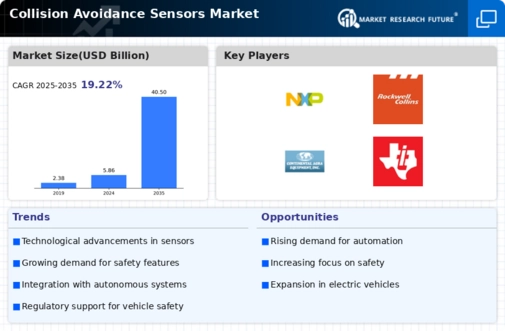
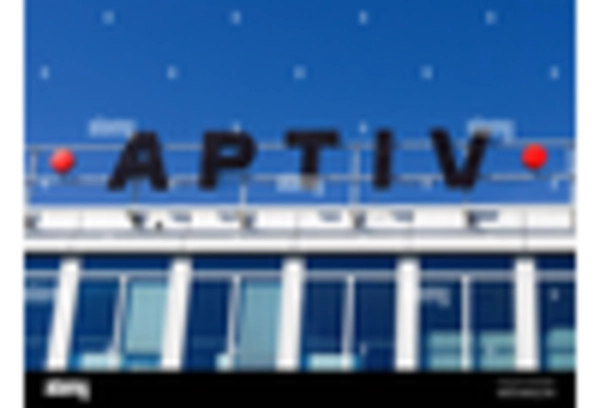


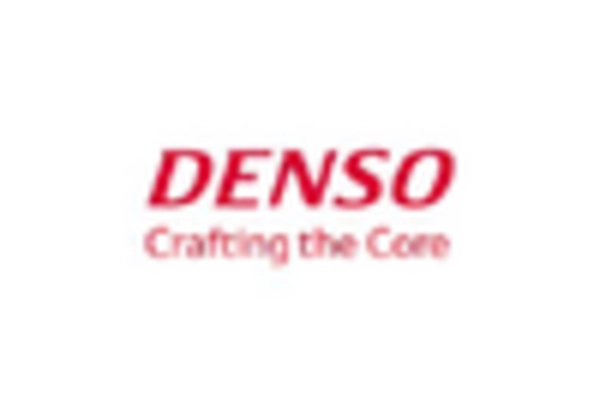
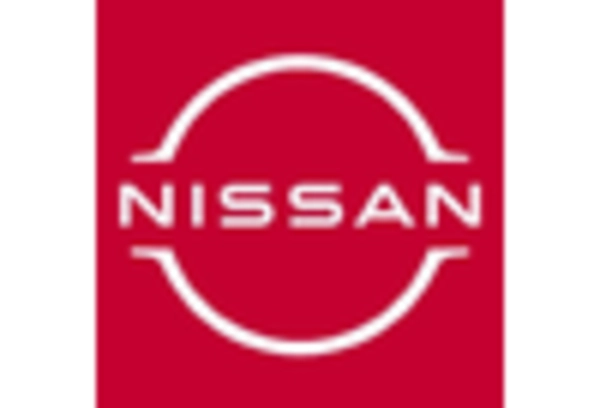
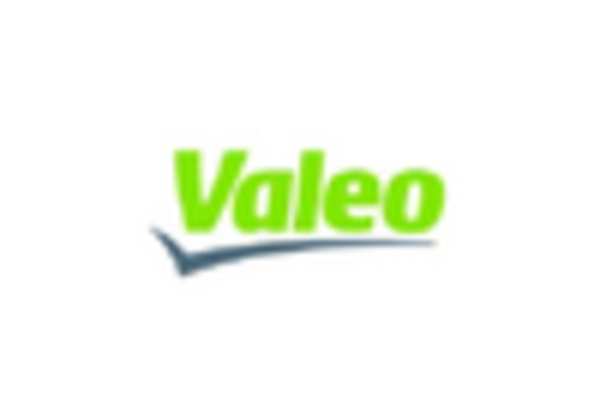

Leave a Comment